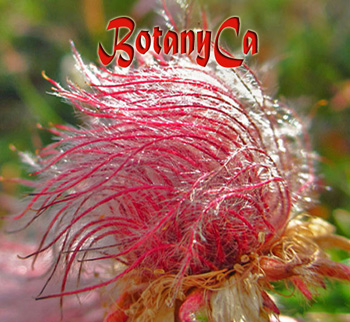Well, the trip interruption was a bit longer that I would have wished, but here we are on the road again (see first part of the trip here). In order to beat the polar vortex that descended upon us we need sun & flowers!
As I said, the drive from Southeastern Carpathians to Dobrogea region is not very long, depending on the destination it can take 4-5 hours. The Dobrogea region (with Dobrogea Plateau) in Romania is surrounded to the north and west by the Danube River and to the east by the Danube Delta and the Black Sea. Most visitors are aiming for the Black Sea sand beaches, bird watching and/or fishing in the Danube Delta, and very few aim to enjoy the particular flora of the region.
Given its position, the climate is slightly warmer and more arid than in the rest of Romania, winters are cold but with less snow and the flora is very specific with a combination of endemic plants and various species at their geographical limits. It is a special ‘meeting’ place for species of Mediterranean, Eurasian and even Caucasian origin!
Even if in late July it is very hot and dry and many species are at the end of flowering, there is still a lot to explore. I will start with a few Caryophyllaceae to keep the continuity and then show various other species.
Dianthus nardiformis is an endemic of this region and luckily being a late flowering species it was still very showy; photographed on the dry, exposed, rocky hills of Enisala fortress and everywhere else. Striking especially when dispayed against the lichens laden rocks.
Cultivated for a long time, this Dianthus makes for a good garden plant, although not as tidy (foliage speaking) as other species, but extremely floriferous, hardy and long lived. There is an impressive specimen at Montreal Botanical Garden to testify it.

Dianthus nardiformis

On the same dry, rocky hills surrounding Enisala fortress, it was a nice surprise to find Paronychia cephalotes. I have a young plant grown from seeds of Crimean accession in the rockery, and I look forward to see it flowering. However, seeing a species ‘perform’ in the wild is always much better!
It is a mat forming species with white, papery bracts posing as ‘flowers’. It is hard to think it belongs to Caryophyllaceae at a superficial look.

Paronychia cephalotes and Thymus zygioides, Dobrogea July 2017

From the neglected genus Minuartia, I will note Minuartia adenotricha, a species that you will also found on the other side of the Black Sea, on the Crimean mountains.

Minuartia adenotricha, Dobrogea 2017
Gypsophila pallasii is a similar species with G. glomerata offered in the seeds shop (as well of Crimean origin); doing very well on the dry, rocky substrate in the company of Echinops, Artemisia, Xeranthemum, Astragalus, Allium ssp. and many others.

Gypsophila pallasii at Capul Dolosman, Dobrogea 2017
A must have stop for plant lovers in Dobrogea are the Macin Mountains located in Tulcea County. These are among the oldest mountains in Europe, formed during the Hercynian orogeny with the predominant rock – granite, but also sandstone limestone. Their specific look is given by the eroded granite formations.
Although a very, very long time ago these mountains were taller than the Carpathians; today the highest point is Ţuţuiatu/Greci Peak with an elevation of 467 m above sea level.

Macin Mts., Dobrogea, Romania
In the quite dry-looking landscape of late July, Silene compacta stood apart with its rich magenta inflorescences. It is not difficult to assume that full sun locations and super good drainage would be mandatory for its successful cultivation.

Silene compacta in Macin Mts.
Many other interesting species grow in the particular habitats of the Dobrogean plateau.
Winter getaway – Dobrogea II
































































